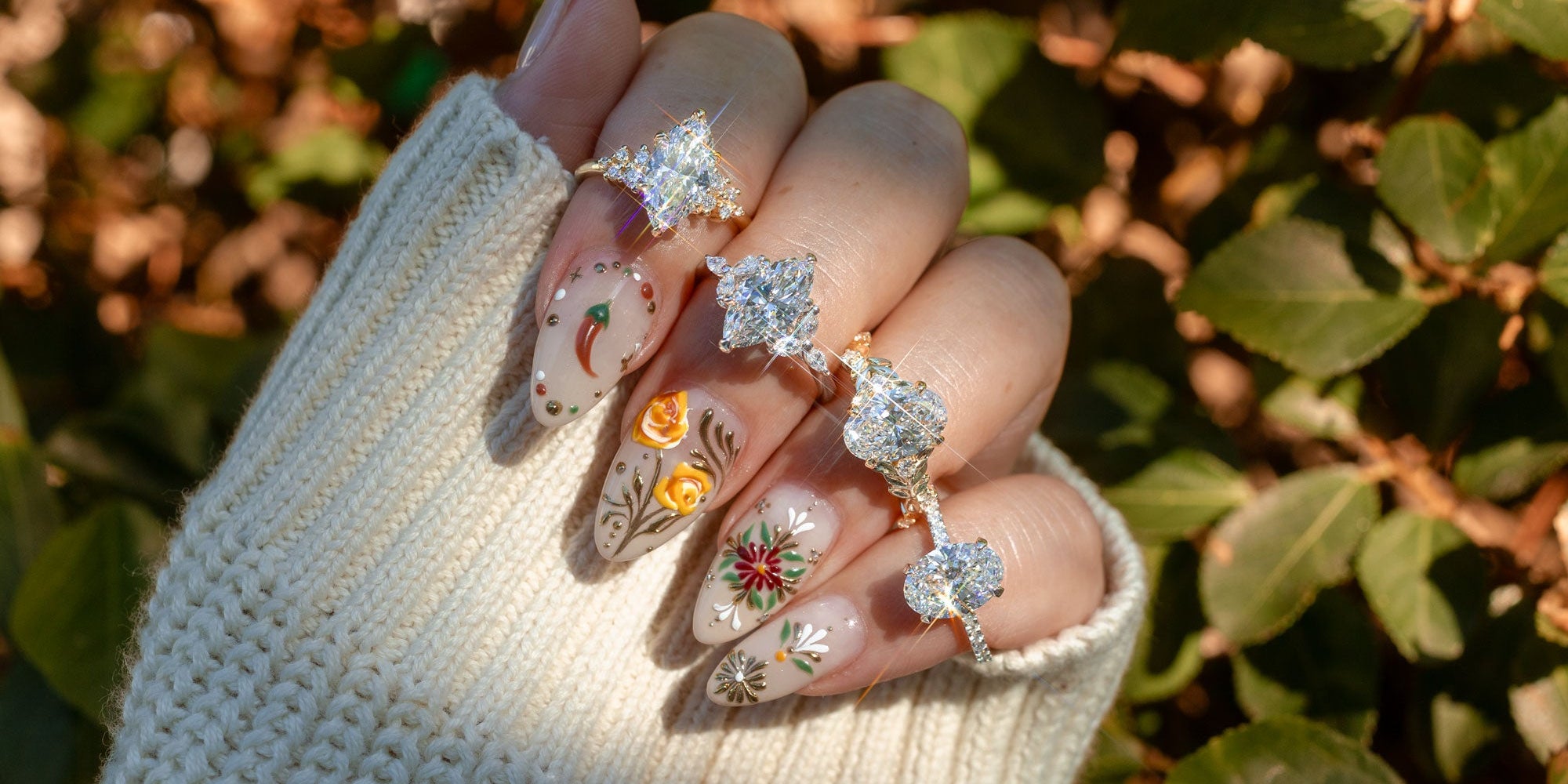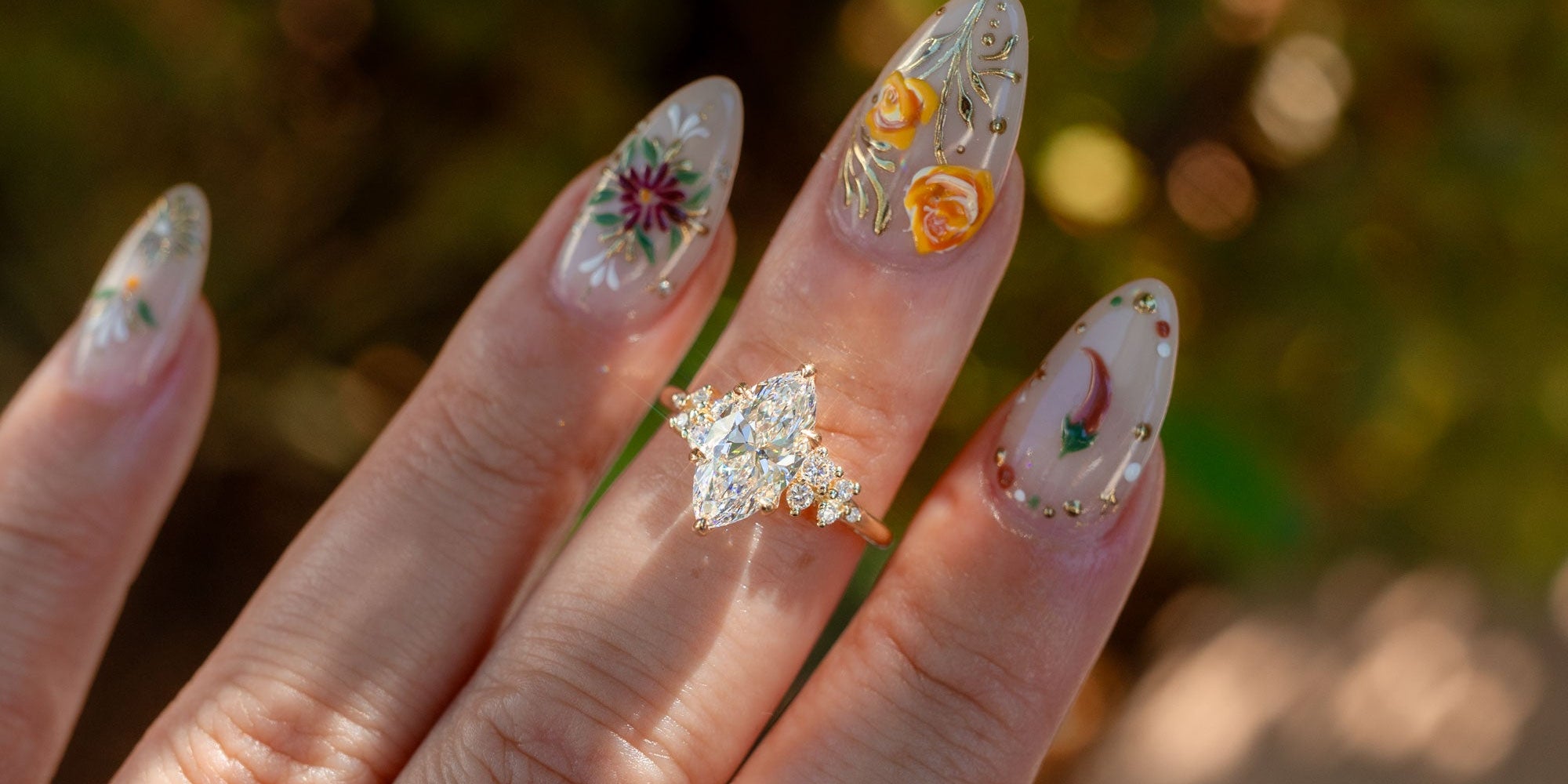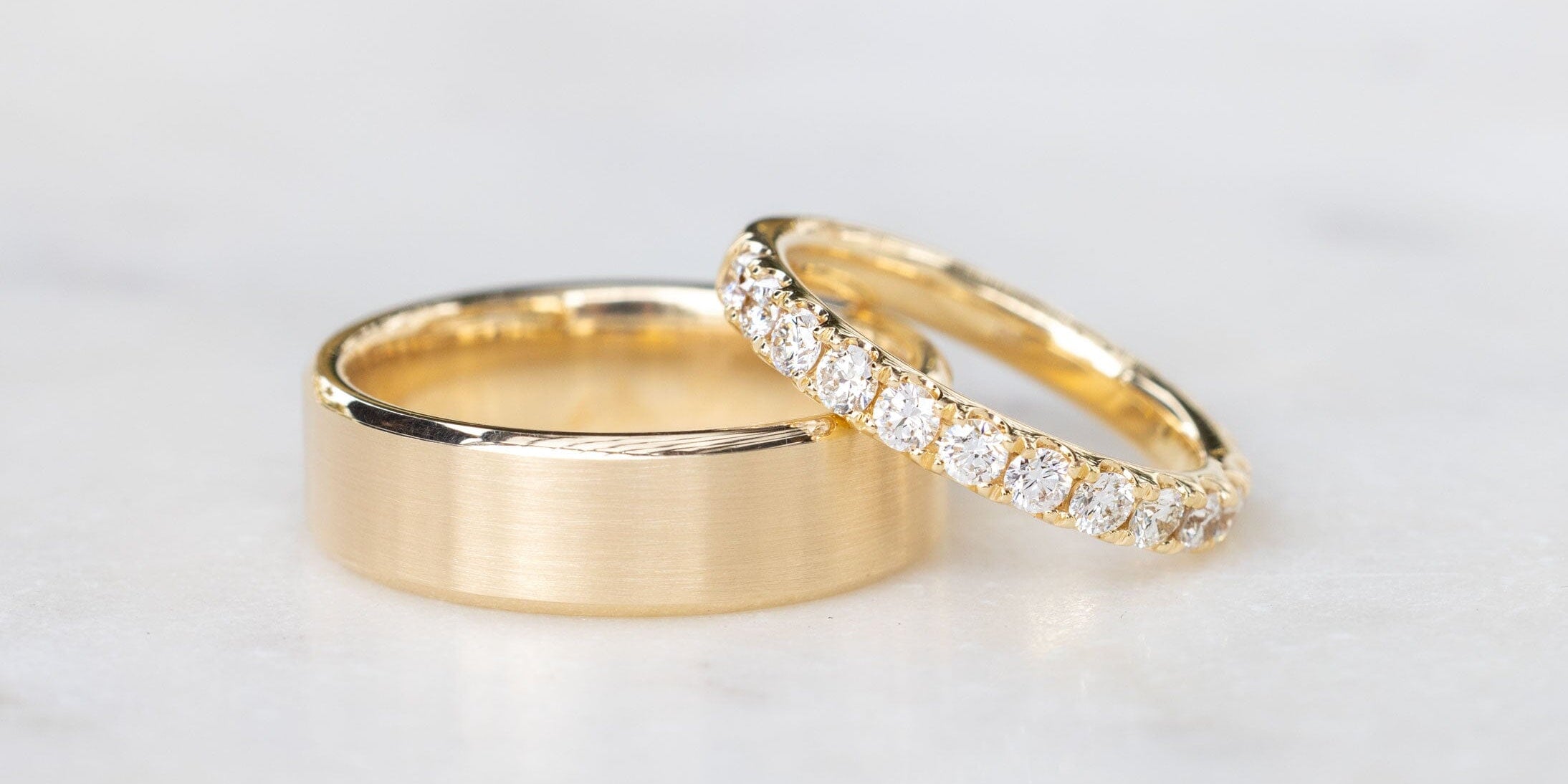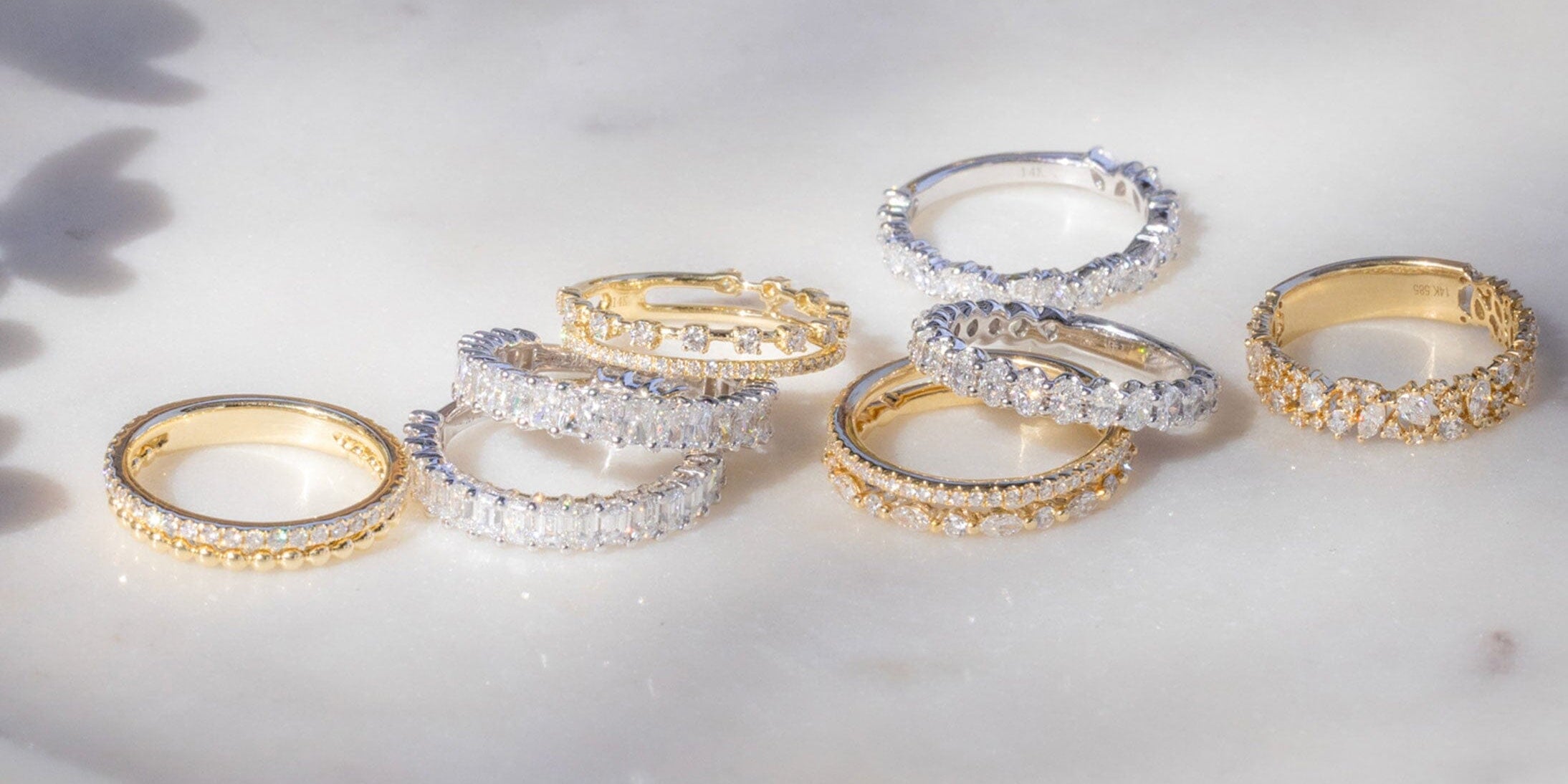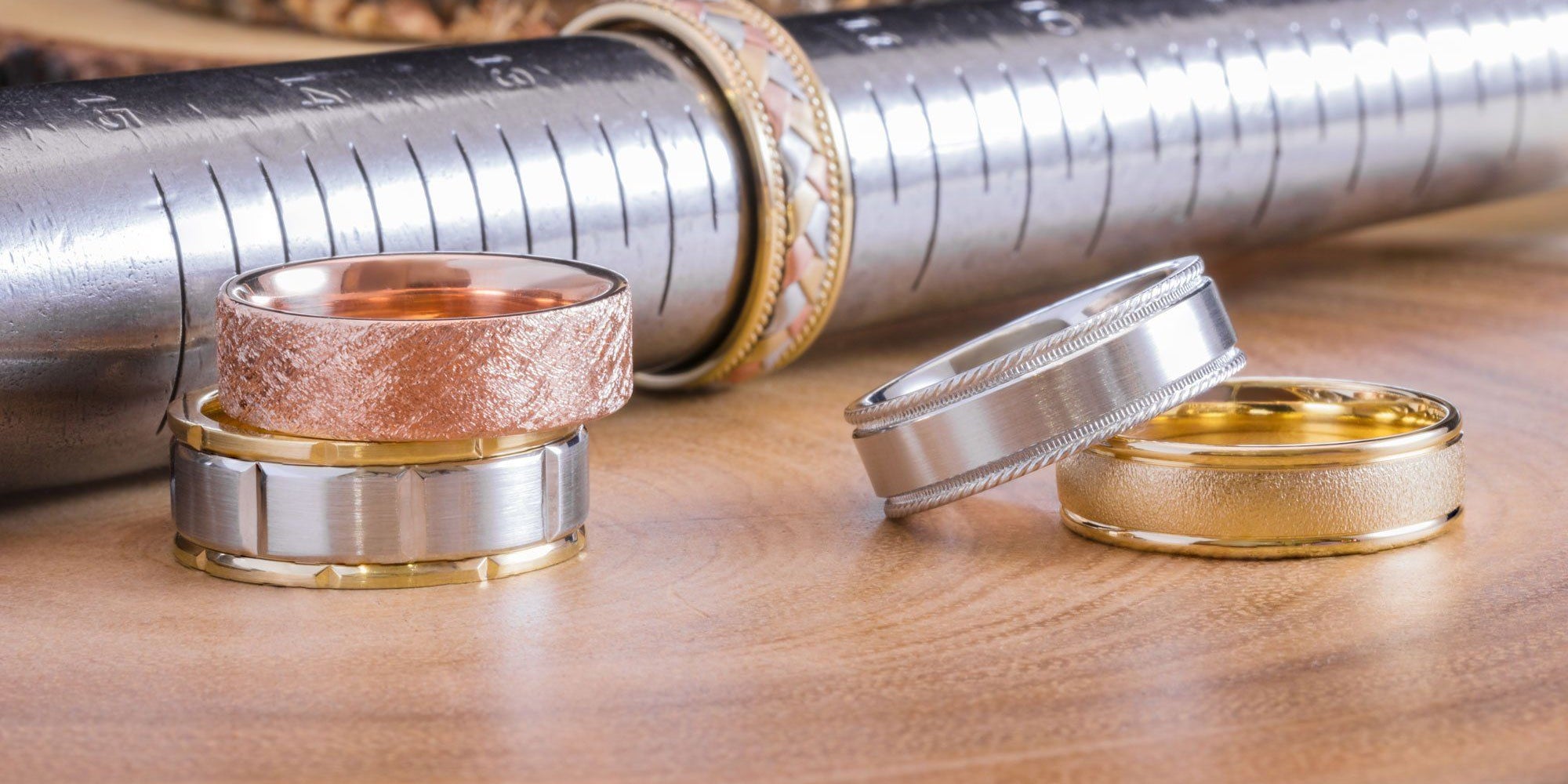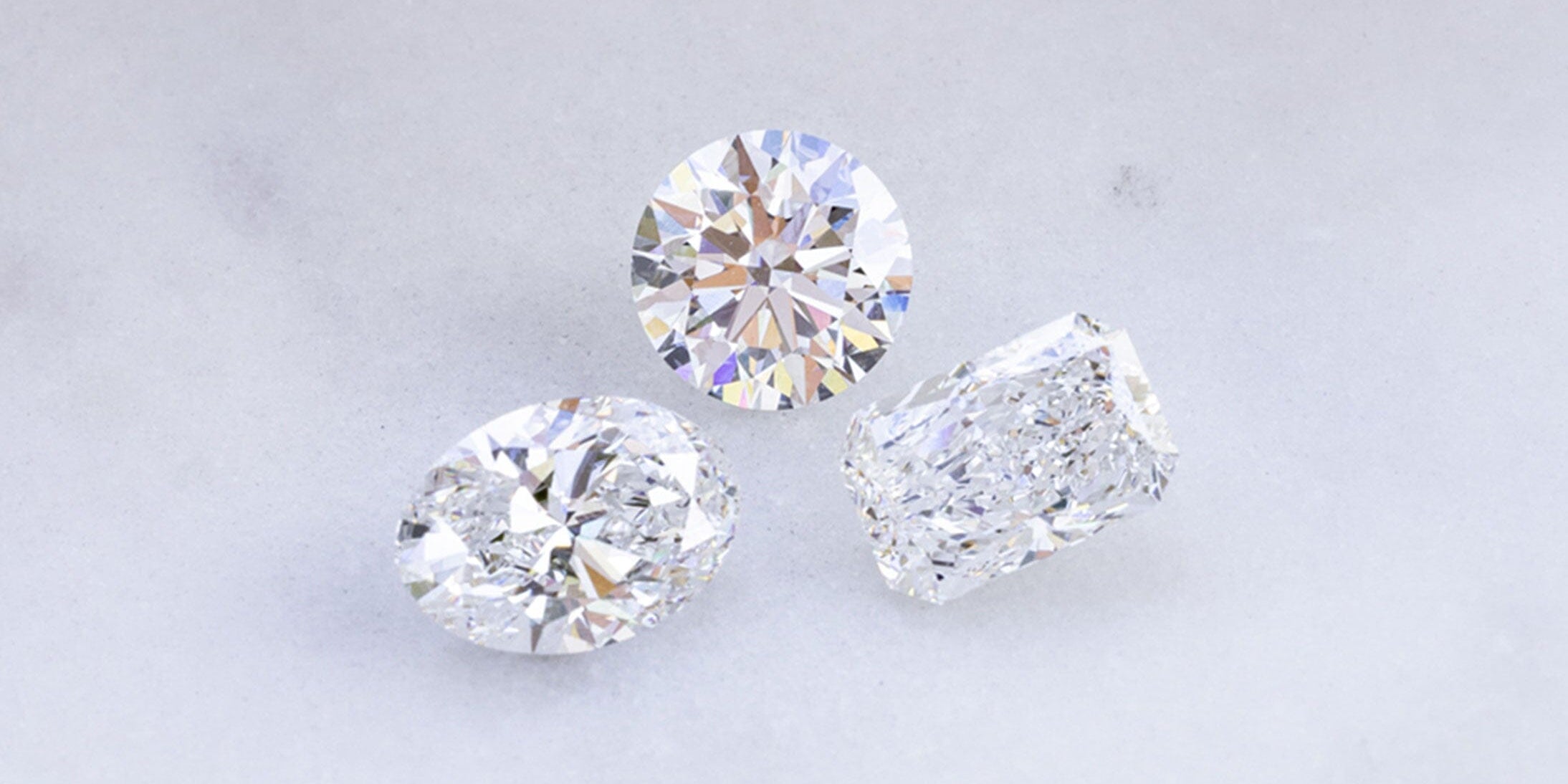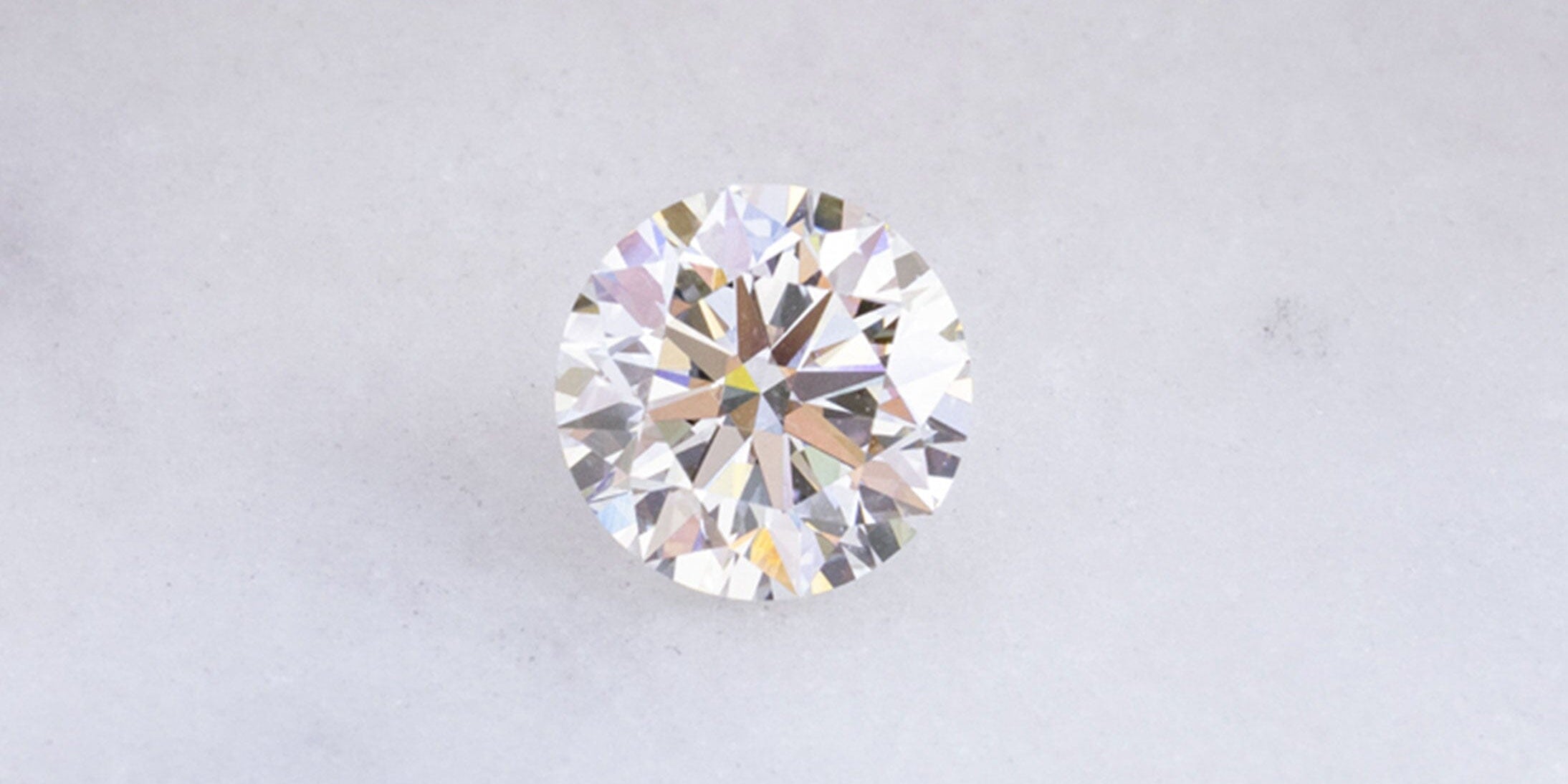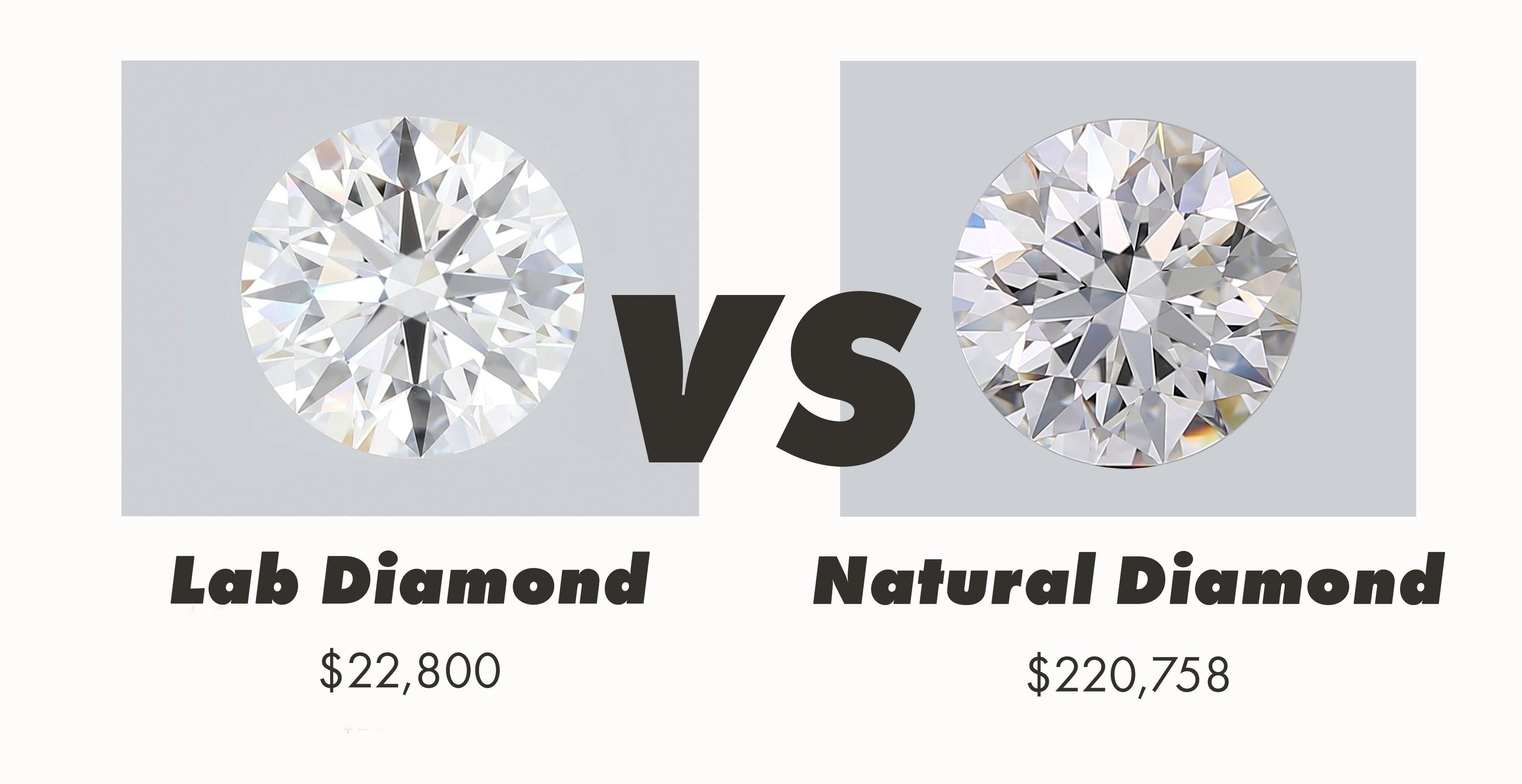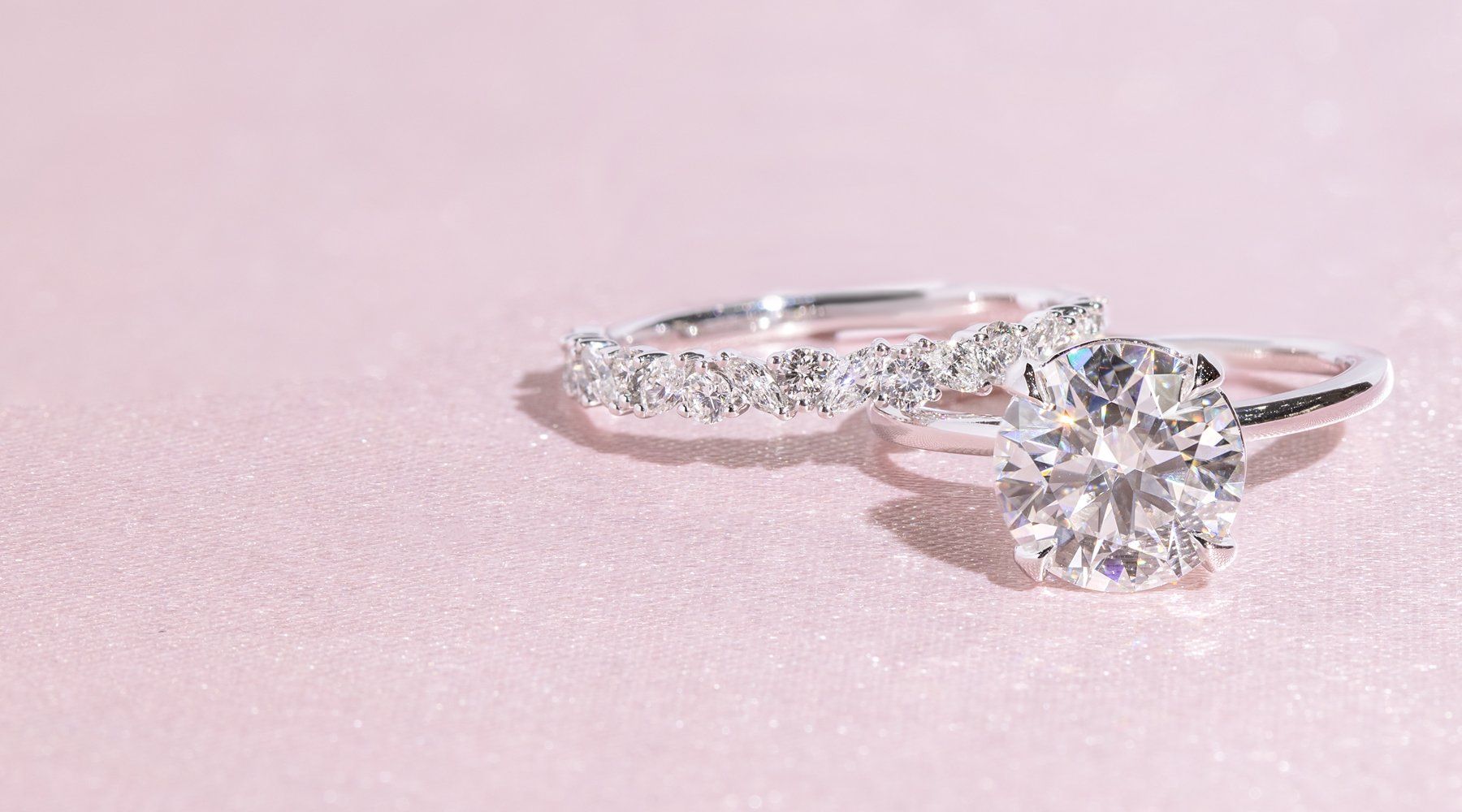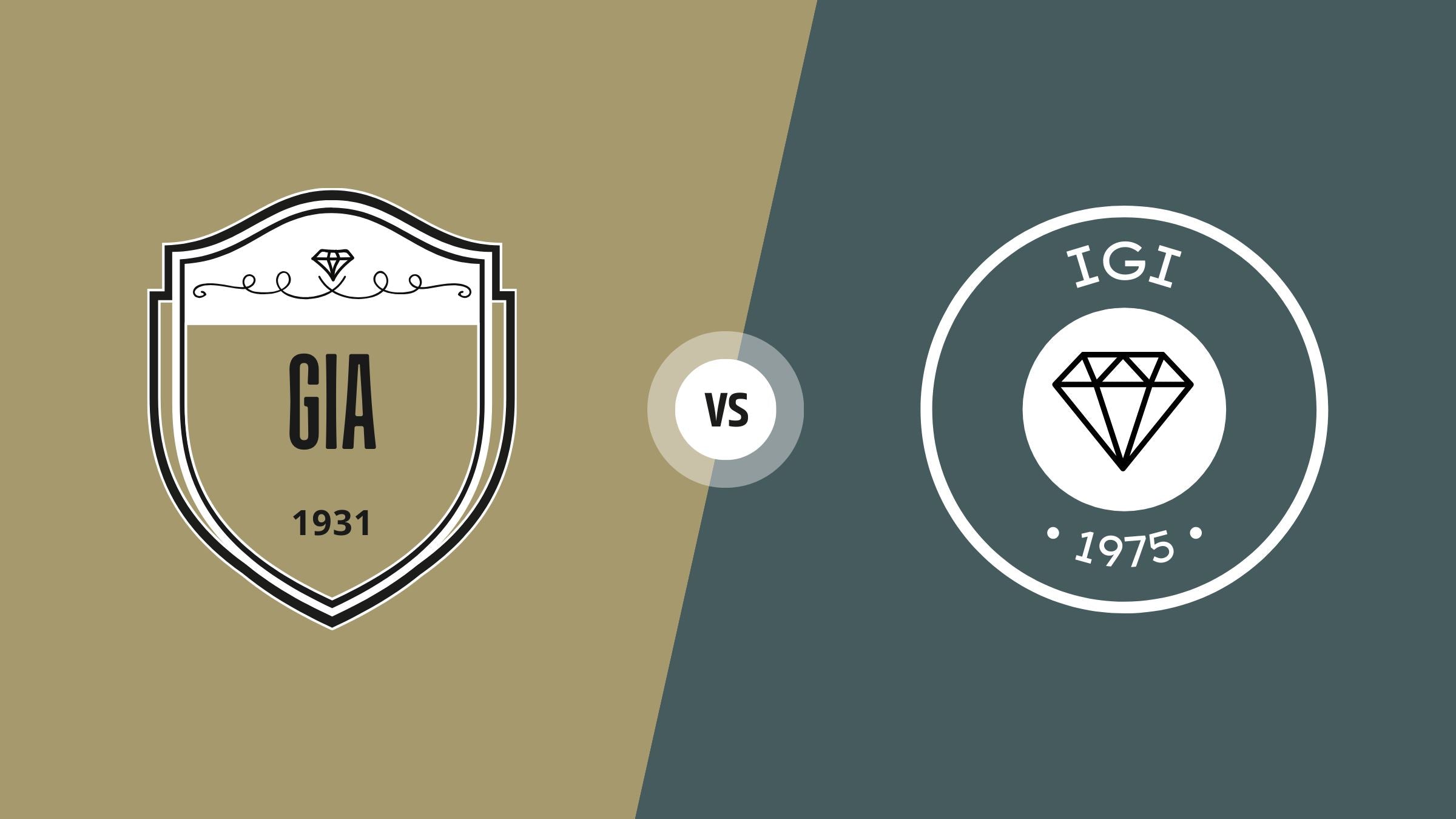Lab-grown diamonds, man-made diamonds, or synthetic diamonds are all different names for the same stone, a diamond. Lab diamonds and natural diamonds share the same physical, chemical, and optical properties, making them indistinguishable. Today, I will discuss lab diamonds, pricing, and re-sale value.
What are lab diamonds?
Lab diamonds are pure crystalline carbon, just like natural diamonds, but made by advanced technological processes. They are either made by high-pressure-high-temperature (HPHT) or chemical vapor deposition (CVD). HPHT creates the same conditions as the earth's mantle to mature a diamond to a more desirable state. CVD begins with a "diamond seed," and carbon vapor accumulates onto the diamond substrate for it to grow. Both processes permanently affect the diamond, and the stone will not change chemically in the future.
How much do lab diamonds cost?
The price of a lab diamond is typically 50-90% less than its natural counterparts. The discount in price depends on the exact 4Cs, carat, clarity, color, and cut of the stone. Below are examples of pricing between comparable quality lab and natural diamonds.



Re-Sale Value
Engagement rings can be more challenging to re-sell due to their personalized nature. Many people want to start their marriage with a new ring. However, this isn't always the case, so there is a secondary market. To successfully resell your engagement ring, you will typically want to sell it for anywhere from 25-70% less than what you paid for it. There are many different ways you can resell engagement rings. You can sell your ring online, to a family member, friend, jewelry store, or even a pawn shop.
You can get the most for your ring by selling it to someone using it as an engagement ring. When you sell to the end-user, you will be putting in more effort and time to sell it, but will get more for the sale. When selling to a jewelry store or pawn shop, they will be taking on the task of selling it or scraping it. You will be getting less but able to get money immediately.



